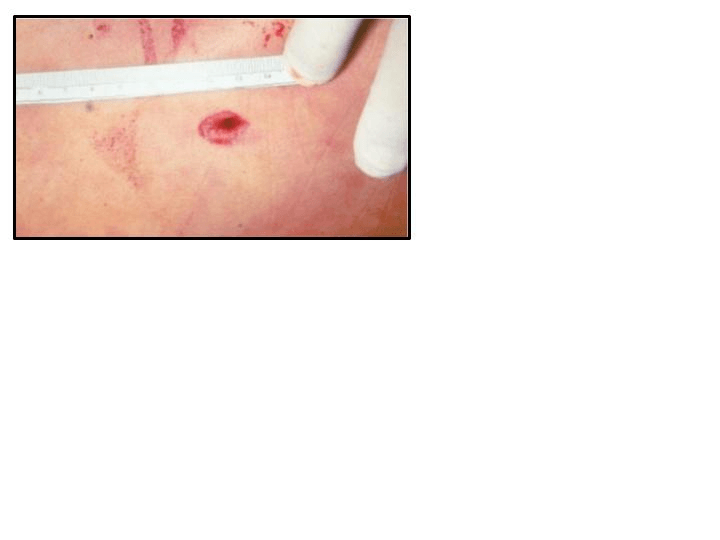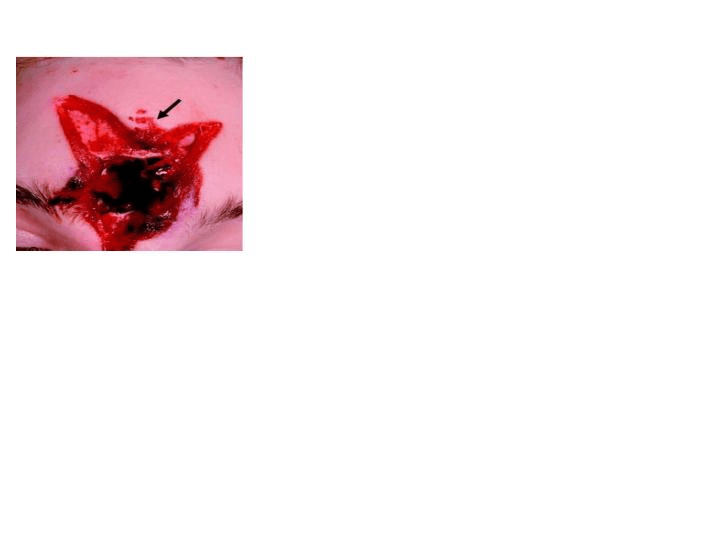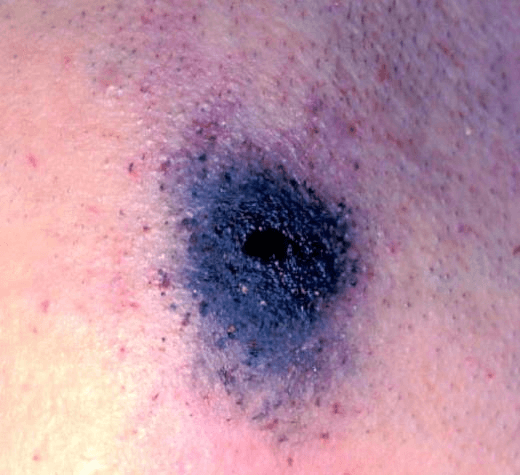Name one way ballistics evidence helps police answer questions.
what type of firearm was used?
what was the caliber of the bullet?
how many bullets were fired?
where was the shooter standing?
what was the angle of impact?
has this firearm been used in a previous crime?
patterns of lands and grooves come which part of the firearm?
barrel
Extra!!! Are these lands and grooves individual or class evidence to the gun? (worth 100 points)
The flight path of a projectile.
trajectory
What country invented gunpowder?
China/Chinese
Extra!!! How many years ago? (100 points)
lack of burnt gunpowder burns on the skin
lack of star pattern

shot from a distance (more than 4 feet)
Extra!!! Will the shooter have gunpowder residue on the skin? (100 points)
The diameter of its bullet and is included with the name of the manufacturer on the headstamp.
Caliber
Extra!!! What caliber is a Colt 45? (100 points)
__________________on shooters can help investigators identify a suspect.
gunshot residue
Extra!!! T or F It is easy to wash GSR off of clothes and hands (100 points)
The study of the projectile’s flight from the moment it leaves the muzzle of the barrel until it strikes the target.
External Ballistics
The scientific analysis or interpretation of all ballistic related evidence with the purpose of interpreting and establishing the facts in a shooting related crime.
Forensic Ballistics
“Stippling” of the burning powder around the actual bullet entryway.
NO star pattern.

Barrel inches away
The projectile that is fired when a firearm is discharged
bullet
An investigator needs at least how many reference points to recreate a bullet's trajectory and estimate the location of the shooter.
2
Extra!!!! What formula do we use to find out the distance from the shooter to the target? (200 points)

The study of the processes occurring inside a firearm when a shot is fired.
Internal ballistics
Modern firearms are divided into two basic types, that require two hands or one depending on accuracy:
Handguns and long guns
Extra!! Name an example of a handgun and a long gun (worth 100 pts)
Distinctive star pattern
NO burnt gunpowder marks around the entryway due to all gunpowder delivered inside

Barrel on skin or contact wound
Bonus!!! Is stippling evident with this type of wound? (200 points)
The ridges and depressions found on the inside of a firearm's barrel that are created when the firearm is manufactured
lands and grooves
What type of bullet:
spreads or mushrooms on impact
causes additional damage to target
inhibits penetration
Hollowpoint

The study of the projectile’s effect on the target or the counter-effect of the target on the projectile.
Terminal ballistics
What are the three types of bullets?
Hollowpoint
Round nose
Wadcutter
No star pattern
NO stippling
Barrel burns on skin

Barrel just off the skin

The spiral pattern on a fired projectile made by the lands and grooves in the barrel of a firearm
Rifling
What type of bullet:
maximum penetration
cheapest shape to manufacture
easily loads into chambers
round nose
Identifies the caliber and manufacturer.
headstamp
Forensic ballistics is divided into what three categories?
Internal Ballistics
External Ballistics
Terminal Ballistics
Case scenario:
Detective Fuller is called to a shooting crime scene in the Fox Hollow edition of Forney, TX. He notices several bullet casings lying around the male victim. Not all of the bullet cases are of the same caliber. There are 9mm and 45mm caliber bullets at the scene. On the victim, Det. Fuller notices a one gunshot wound to the head with stippling. Unfortunately, the bullet is not inside the victim. The body is sent to the medical examiner. Forensic Pathologist, Dr. Bisquit, examines the wound and determines the shooter had to have been:
inches away